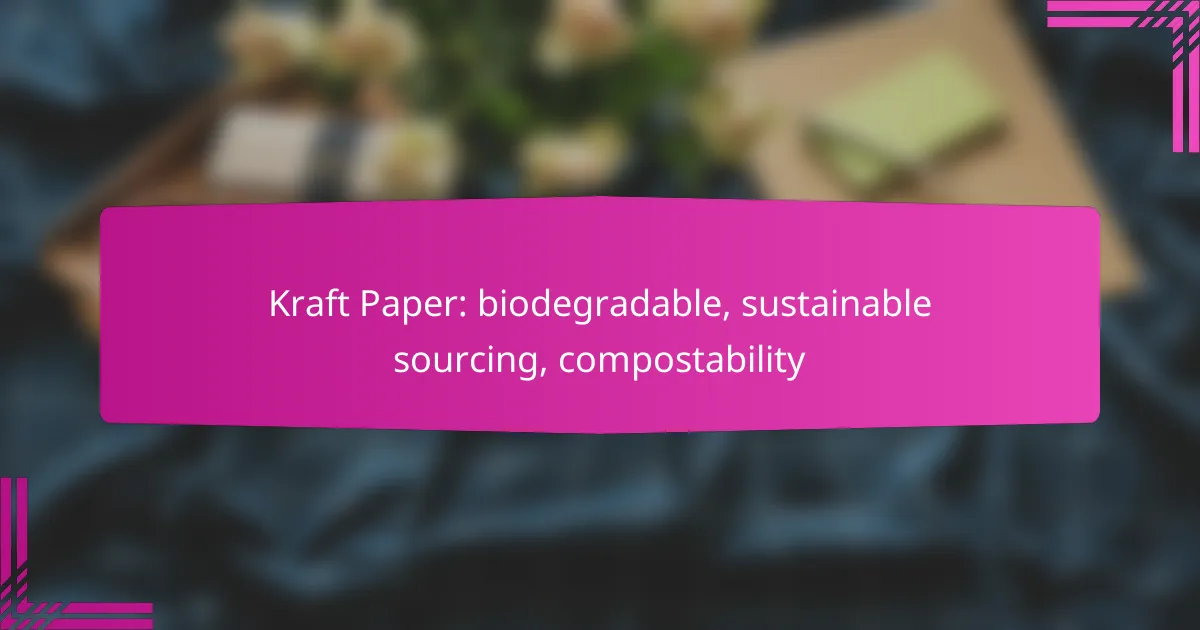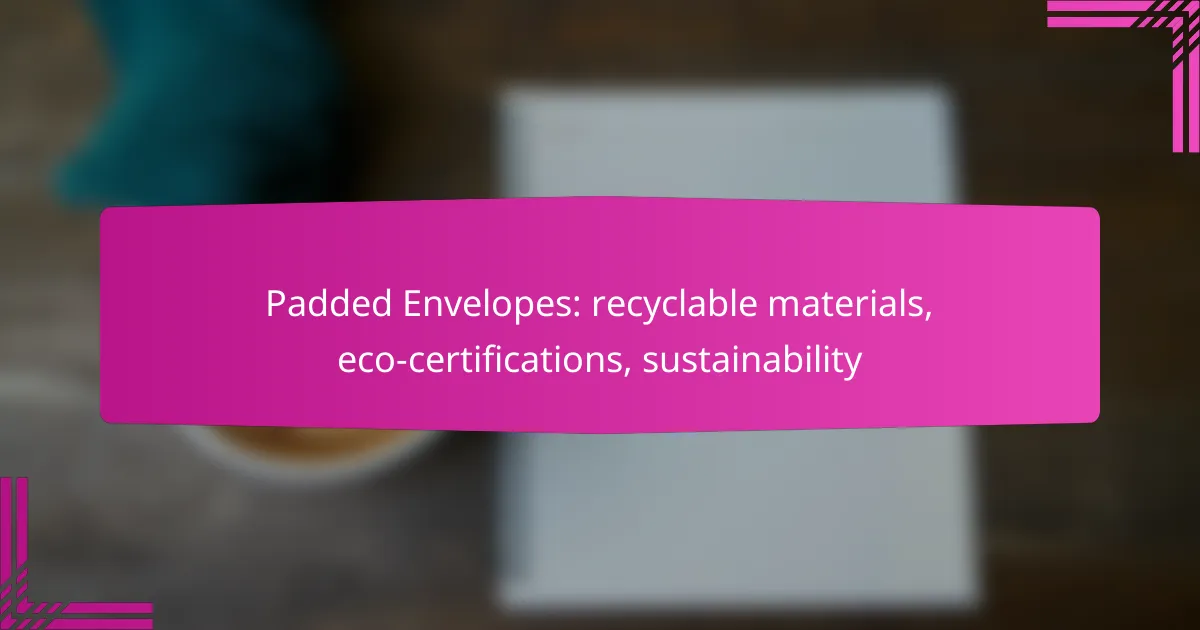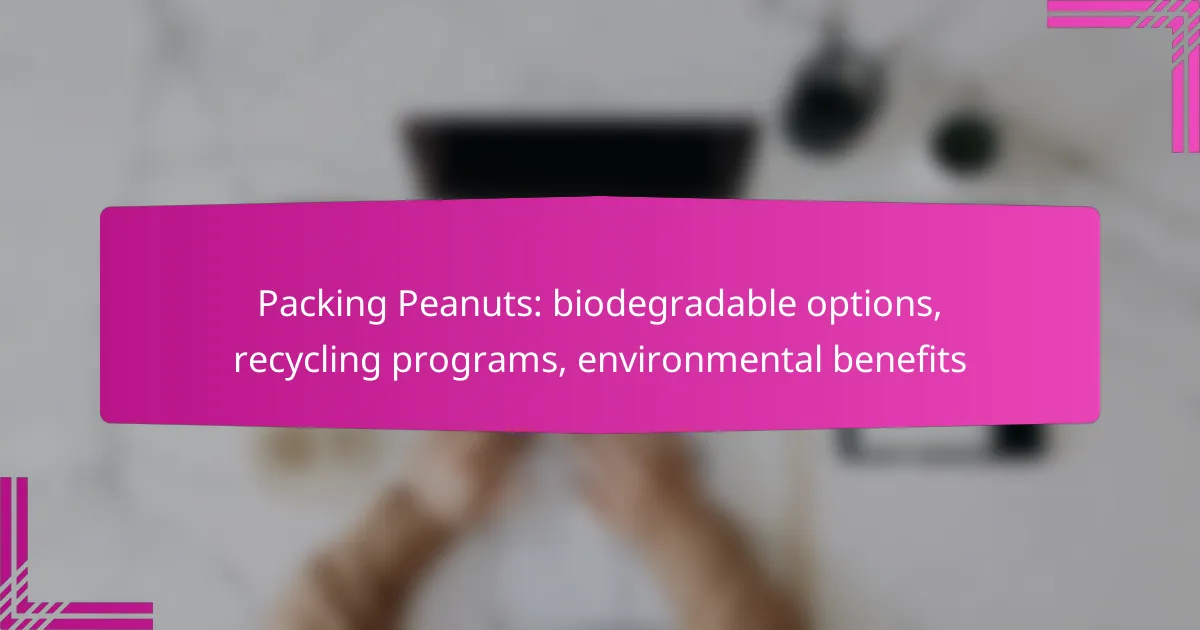Paperboard boxes are an eco-friendly packaging solution, sustainably sourced through renewable materials and local practices that adhere to certification standards. Their high recyclability and biodegradability contribute to waste reduction and lower carbon emissions, making them a responsible choice for various industries. By choosing paperboard, businesses can support local economies while minimizing their environmental impact.
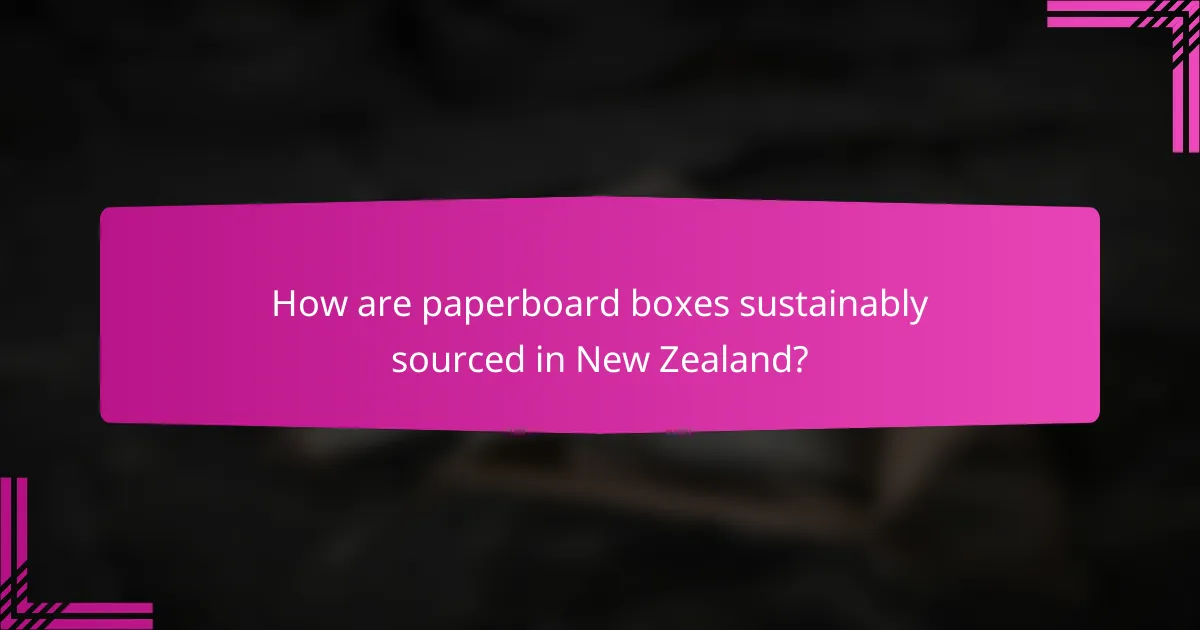
How are paperboard boxes sustainably sourced in New Zealand?
In New Zealand, paperboard boxes are sustainably sourced through a combination of renewable materials, local sourcing practices, and adherence to certification standards. These methods ensure that the production process minimizes environmental impact while supporting local economies.
Use of renewable materials
Paperboard boxes are primarily made from renewable resources, such as sustainably harvested wood fibers. These materials are biodegradable and can be replenished naturally, making them an eco-friendly choice for packaging.
Manufacturers often utilize recycled paper and cardboard, which further reduces the demand for virgin materials. This practice not only conserves resources but also decreases energy consumption during production.
Local sourcing practices
Local sourcing of raw materials for paperboard boxes supports New Zealand’s economy and reduces transportation emissions. By sourcing materials from nearby forests, manufacturers can ensure that their supply chain is shorter and more efficient.
Additionally, local sourcing helps maintain the integrity of the ecosystem, as companies are more likely to adhere to sustainable forestry practices when operating within their own communities.
Certification standards like FSC
Many paperboard box manufacturers in New Zealand comply with certification standards such as the Forest Stewardship Council (FSC). This certification ensures that the wood used in production comes from responsibly managed forests that provide environmental, social, and economic benefits.
Choosing FSC-certified products allows consumers to support sustainable practices and make informed decisions about the environmental impact of their packaging choices.

What are the recyclability benefits of paperboard boxes?
Paperboard boxes offer significant recyclability benefits, making them an environmentally friendly packaging option. They are made from renewable resources and can be recycled multiple times, reducing waste and conserving natural resources.
100% recyclable materials
Paperboard is composed of cellulose fibers, which are fully recyclable. This means that when paperboard boxes are disposed of properly, they can be transformed into new paper products, minimizing the need for virgin materials. Many paperboard products are made from recycled content, further enhancing their sustainability.
To maximize recyclability, ensure that paperboard boxes are clean and free from contaminants such as food residue or plastic coatings. This practice not only aids in the recycling process but also increases the quality of the recycled material produced.
Recycling processes in New Zealand
In New Zealand, the recycling process for paperboard involves collection, sorting, and processing at specialized facilities. Once collected, paperboard is sorted from other materials and then pulped to separate the fibers. This pulp is then used to create new paper products.
New Zealand has a robust recycling infrastructure, with many local councils providing kerbside collection services for paper and cardboard. Residents are encouraged to participate in recycling programs to reduce landfill waste and support sustainable practices.
Comparison with plastic packaging
When comparing paperboard boxes to plastic packaging, paperboard has a clear advantage in recyclability. While many plastics can be recycled, the process is often more complex and less efficient, resulting in lower recycling rates. In contrast, paperboard can be recycled easily and is biodegradable, breaking down naturally in the environment.
Additionally, the energy required to recycle paperboard is generally lower than that for plastics, making it a more sustainable choice. Consumers looking to reduce their environmental impact should consider opting for paperboard packaging over plastic whenever possible.
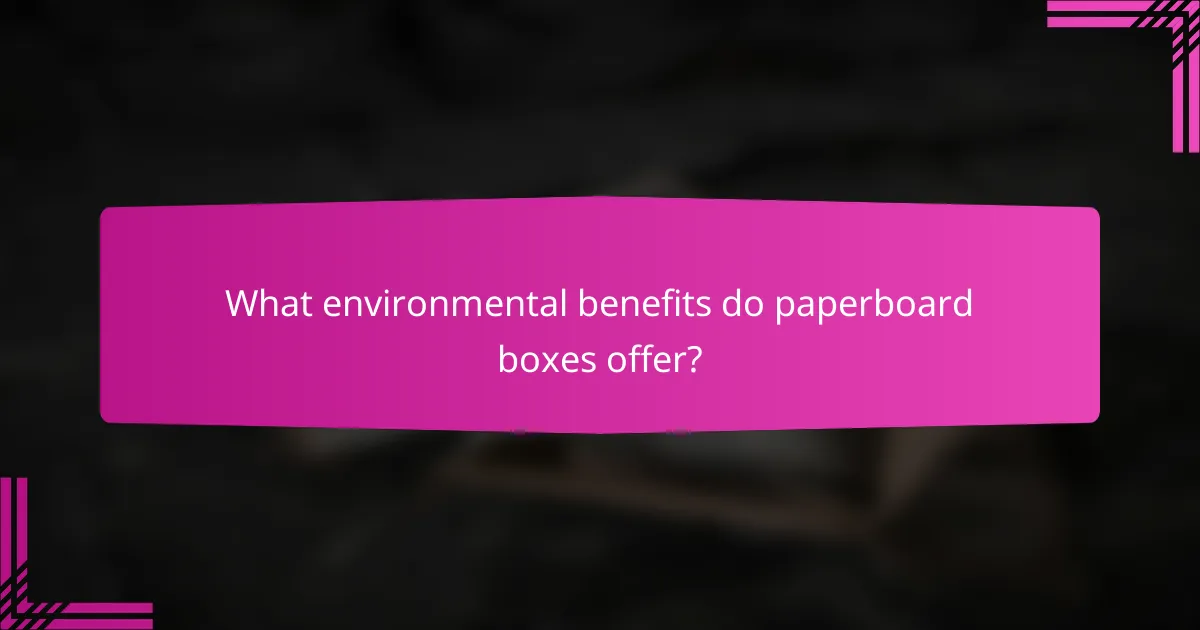
What environmental benefits do paperboard boxes offer?
Paperboard boxes provide significant environmental benefits, including reduced carbon emissions, biodegradability, and contributions to waste reduction. These advantages make them a sustainable choice for packaging across various industries.
Reduced carbon footprint
Paperboard boxes typically have a lower carbon footprint compared to plastic or metal packaging. The production process for paperboard often involves renewable resources, which can lead to decreased greenhouse gas emissions. Choosing paperboard can reduce overall emissions by a notable percentage, especially when sourced from sustainably managed forests.
To maximize this benefit, look for paperboard products certified by organizations like the Forest Stewardship Council (FSC), which ensures responsible sourcing practices. This certification can further enhance the sustainability profile of your packaging choices.
Biodegradability advantages
One of the key environmental benefits of paperboard boxes is their biodegradability. Unlike plastic, which can take hundreds of years to decompose, paperboard typically breaks down within months when exposed to natural conditions. This rapid decomposition reduces long-term waste in landfills.
When disposing of paperboard, ensure it is recycled or composted to fully leverage its biodegradability. Many municipalities have recycling programs that accept paperboard, making it easy to divert waste from landfills.
Impact on waste reduction
Using paperboard boxes can significantly contribute to waste reduction efforts. As they are often made from recycled materials, they help close the loop in the recycling process. This not only minimizes the demand for virgin materials but also reduces the overall waste generated in packaging.
To further enhance waste reduction, consider implementing a take-back program for your paperboard packaging. This encourages customers to return used boxes for recycling, promoting a circular economy and reducing environmental impact.

What criteria should be considered when choosing paperboard boxes?
When selecting paperboard boxes, consider factors such as material quality, cost-effectiveness, and supplier certifications. These criteria ensure that the boxes meet your specific needs while promoting sustainability and efficiency.
Material quality and strength
The material quality of paperboard boxes directly affects their durability and performance. High-quality paperboard should have sufficient strength to withstand handling and transportation without compromising the contents. Look for boxes made from recycled or sustainably sourced materials, as they often provide a good balance between strength and environmental impact.
Consider the weight capacity of the boxes, which can vary based on the thickness and type of paperboard used. For instance, boxes designed for heavier items typically use thicker, multi-layered paperboard, while lighter items can be packaged in thinner, single-layer options.
Cost-effectiveness
Cost-effectiveness is a crucial factor when choosing paperboard boxes, as it impacts your overall budget. Evaluate the price per unit in relation to the quality and strength of the boxes. While cheaper options may seem appealing, they might lead to higher costs in the long run due to damage or product loss.
Additionally, consider bulk purchasing options, which can often reduce the cost per box. Compare prices from multiple suppliers to find the best deal while ensuring that the quality meets your requirements.
Supplier certifications
Supplier certifications indicate the sustainability and ethical practices of the manufacturers. Look for certifications such as FSC (Forest Stewardship Council) or SFI (Sustainable Forestry Initiative), which ensure that the paperboard is sourced responsibly. These certifications can enhance your brand’s reputation and appeal to environmentally conscious consumers.
Verify that suppliers adhere to relevant industry standards and regulations, as this can impact the quality and safety of the boxes. Engaging with certified suppliers can also provide peace of mind regarding the environmental benefits of your packaging choices.
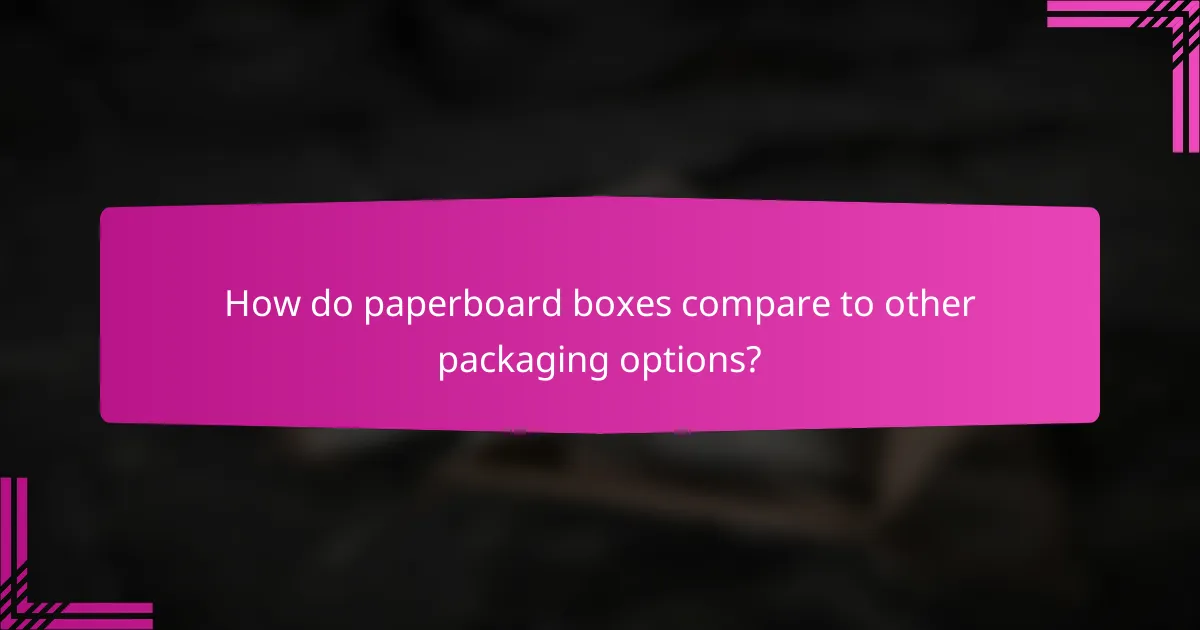
How do paperboard boxes compare to other packaging options?
Paperboard boxes are often seen as a more sustainable choice compared to many other packaging materials, particularly plastics and metals. They are generally more recyclable and biodegradable, making them a favorable option for environmentally conscious consumers and businesses.
Comparison with plastic boxes
When comparing paperboard boxes to plastic boxes, paperboard has a clear advantage in terms of recyclability. While plastic can take hundreds of years to decompose, paperboard is biodegradable and can break down within months under the right conditions. Additionally, the production of paperboard typically has a lower carbon footprint than that of plastic.
However, plastic boxes are often more durable and moisture-resistant, which can be crucial for certain products. Businesses must weigh the benefits of sustainability against the practical needs of their packaging, considering factors like product protection and shelf life.
Comparison with metal containers
Metal containers, such as aluminum or steel, provide excellent durability and protection but come with a higher environmental cost in terms of energy-intensive production processes. In contrast, paperboard boxes are lighter and easier to transport, which can reduce shipping emissions.
While both materials are recyclable, the recycling rates for metal containers are generally higher due to established collection systems. Companies should evaluate their packaging needs and consider the lifecycle impacts of both options when making a choice.
Consumer preferences in New Zealand
In New Zealand, consumer preferences are increasingly leaning towards sustainable packaging solutions, including paperboard boxes. Many shoppers are willing to pay a premium for products that use environmentally friendly packaging, reflecting a growing awareness of sustainability issues.
Local regulations and initiatives promoting recycling and waste reduction further influence these preferences. Businesses in New Zealand should consider adopting paperboard packaging to align with consumer values and regulatory trends, potentially enhancing their market appeal.
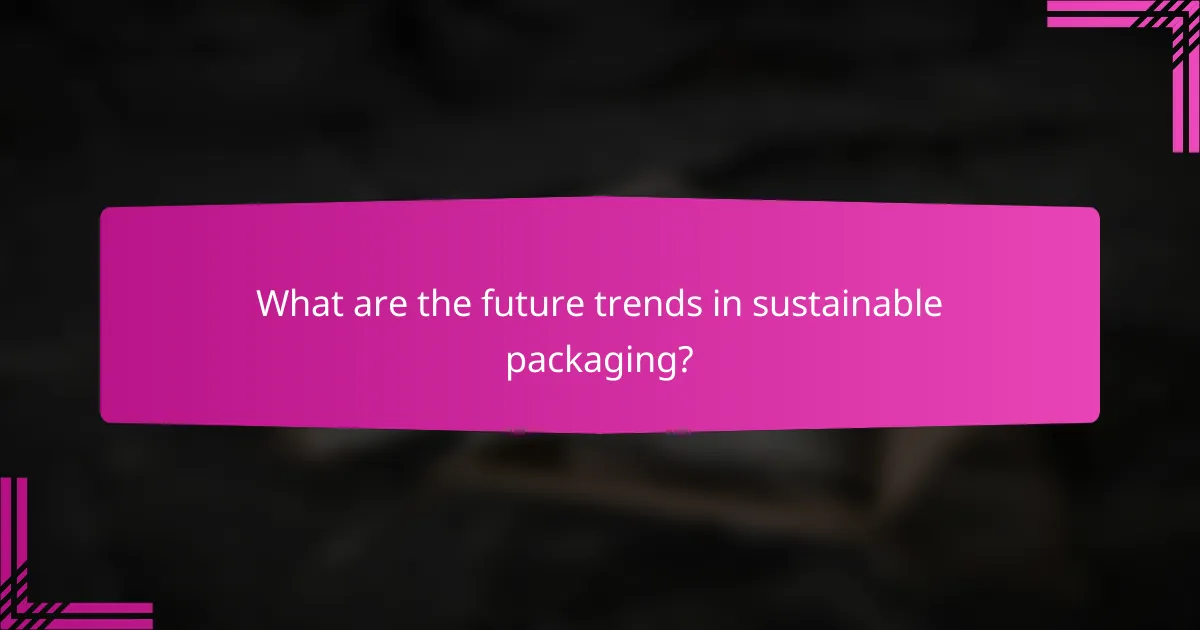
What are the future trends in sustainable packaging?
Future trends in sustainable packaging focus on reducing environmental impact through innovative materials, advanced recycling technologies, and evolving regulations. Companies are increasingly prioritizing eco-friendly options that align with consumer demand for sustainability.
Innovations in biodegradable materials
Biodegradable materials are becoming more prevalent in sustainable packaging, offering alternatives to traditional plastics. These materials, such as polylactic acid (PLA) and starch-based polymers, break down more quickly in natural environments, reducing landfill waste.
Many companies are exploring plant-based options that can be composted or recycled, enhancing the circular economy. For example, packaging made from agricultural waste or seaweed is gaining traction as a sustainable choice.
Emerging technologies in recycling
Advancements in recycling technologies are crucial for improving the efficiency and effectiveness of waste management. Innovations like chemical recycling allow for the breakdown of plastics into their original monomers, enabling the creation of new products from recycled materials.
Additionally, smart sorting technologies using AI and machine learning are enhancing the accuracy of recycling processes. These systems can identify and separate materials more effectively, increasing the overall recycling rates and reducing contamination.
Regulatory changes affecting packaging choices
Regulatory changes are shaping the landscape of sustainable packaging by imposing stricter guidelines on materials and waste management. Many countries are implementing bans on single-use plastics and encouraging the use of recyclable or compostable alternatives.
Businesses must stay informed about local regulations, as compliance can impact packaging choices and costs. For instance, the European Union’s Single-Use Plastics Directive aims to reduce plastic waste and encourages the adoption of sustainable packaging solutions.

